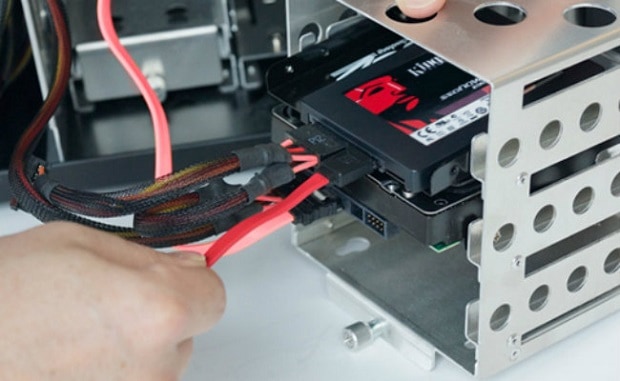Getting an SSD is one of the best upgrades that you can get for your computer. You will immediately feel the results such as faster boot times as well as faster access of data. Other advantages include better reliability, lower power consumption, as well as low heat dissipation when compared to traditional hard drives. Although connecting the SSD to your computer is an easy process the difficult part is going to be on the software part. Since this is going to be your primary drive then Windows should be running on it. Instead of starting from scratch and installing Windows on this drive you can actually just clone your old hard drive to the SSD. We will be discussing how this is going to be performed today.

Things You Will Need
- A solid state drive (SSD). You should consider getting one with a capacity of 250GB which usually sells for $100. If your budget permits then get one with a much higher capacity.
- Your current hard drive with Windows installed.
- A backup hard drive preferably a portable hard drive.
- A cloning software such as EaseUS Todo Backup Free
What You Need To Do
- Free up some disk space in your current hard drive by deleting unnecessary files. Use the Disk Cleanup tool which is included in Windows to do this.
- Defragment the hard drive. Use the Defragment tool of Windows to do this.
- Backup all of your data from the hard drive to the backup hard drive. Make sure to delete the copy on your hard drive once the backup is done. Ideally you will want the overall used space of your hard drive to be lesser than the SSD capacity. This is because you will be cloning this hard drive and if it’s data is greater than the SSD capacity then the cloning will fail. Example: If your SSD has a capacity of 250GB and your hard drive used space is 300GB then you will need to delete 50GB of data from the hard drive
- Clone your hard drive using a cloning software such as EaseUS Todo Backup Free. Take note that the SSD must be connected to your computer to do this.
- Check that the SSD is working by booting to it.
- Format your old hard drive then connect it to your computer as a secondary drive.
- Restore your backup files to the old hard drive. It’s best to restore your backup data to the hard drive since the SSD will have a limited space.
The above steps should work for most desktop computer running on windows 10. If you have any questions regarding this procedure then feel free to contact us using this form and we will gladly assist you with your concern.